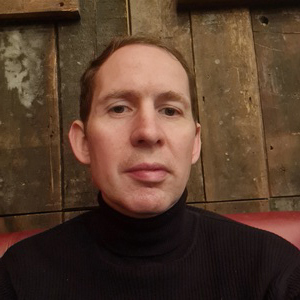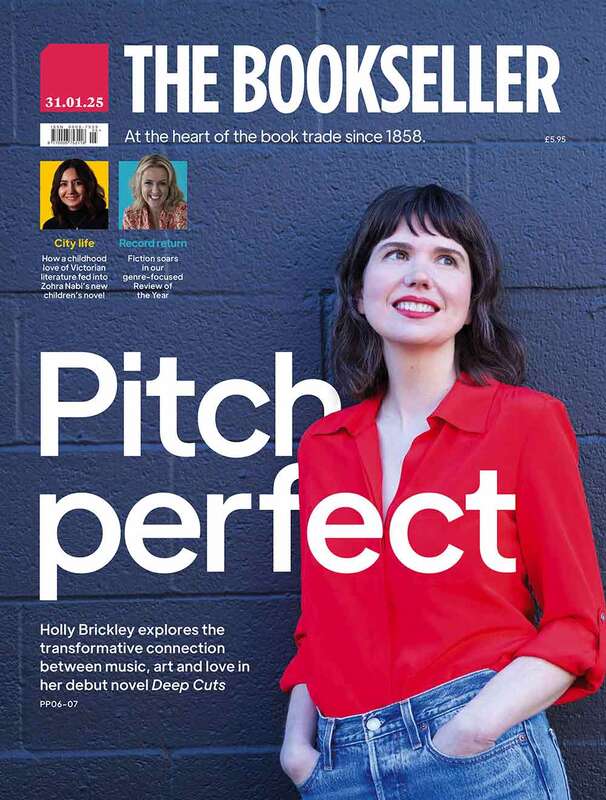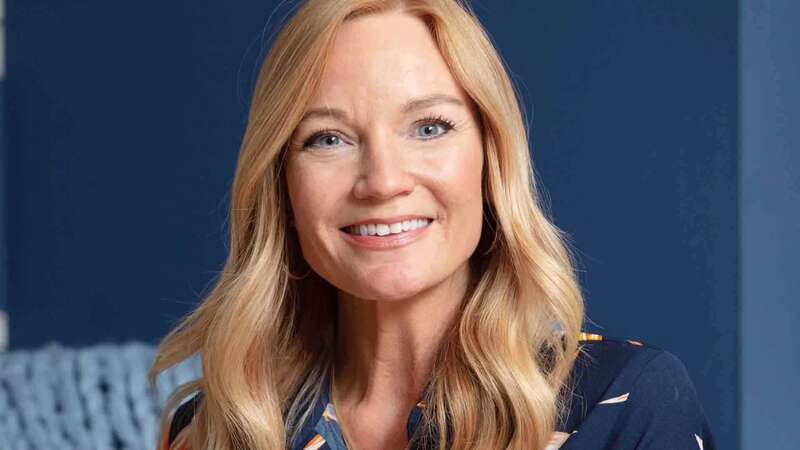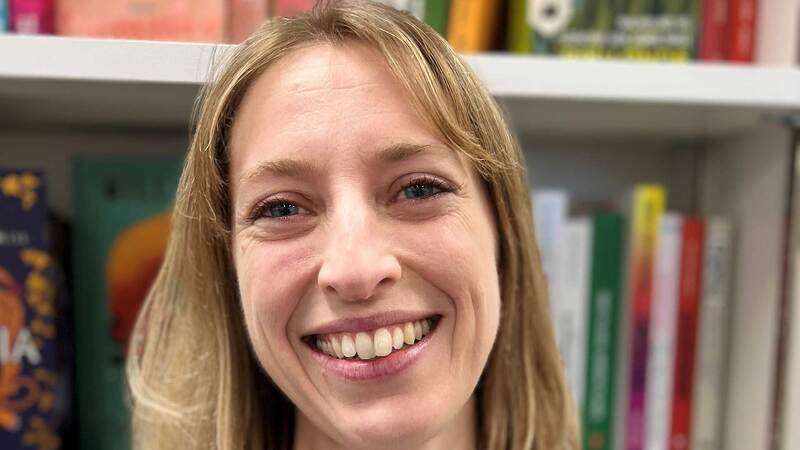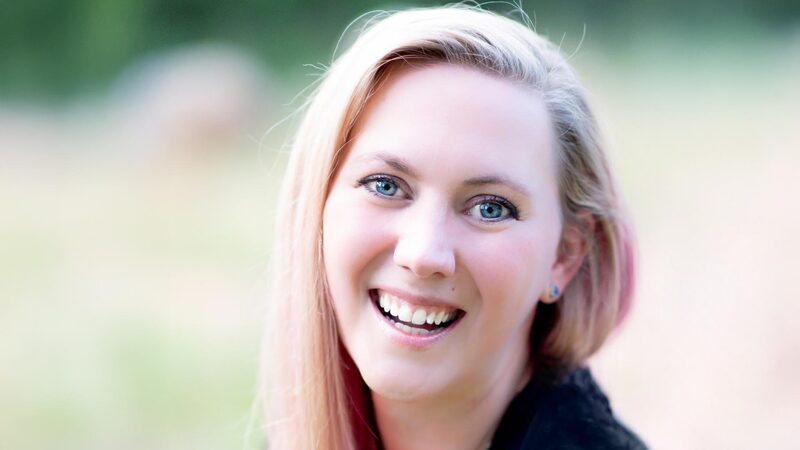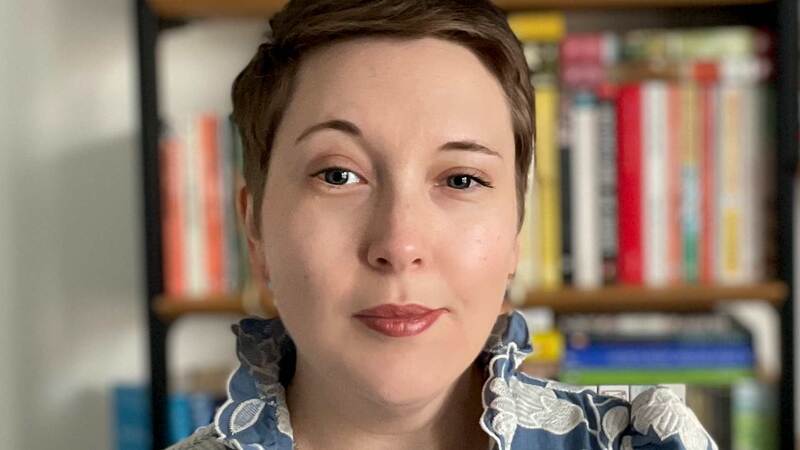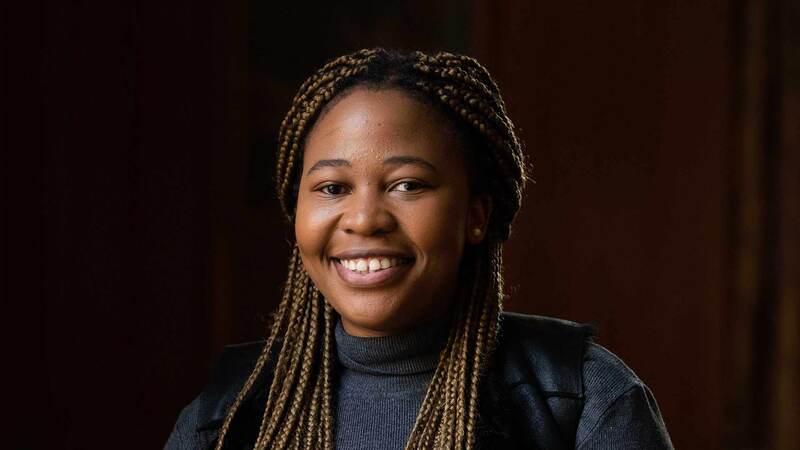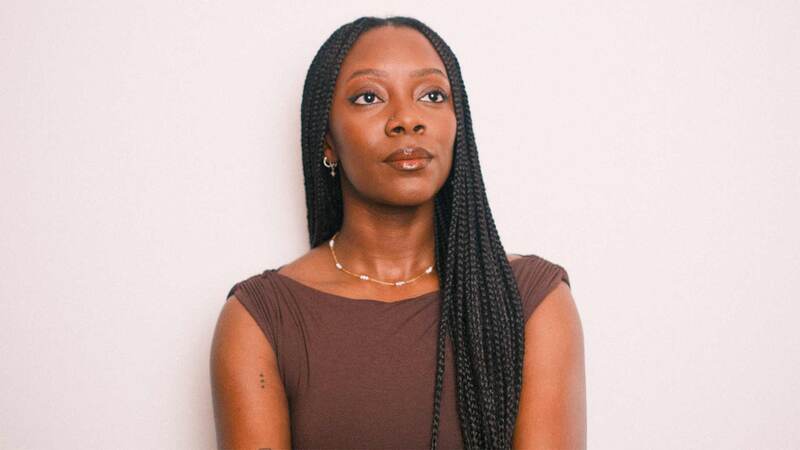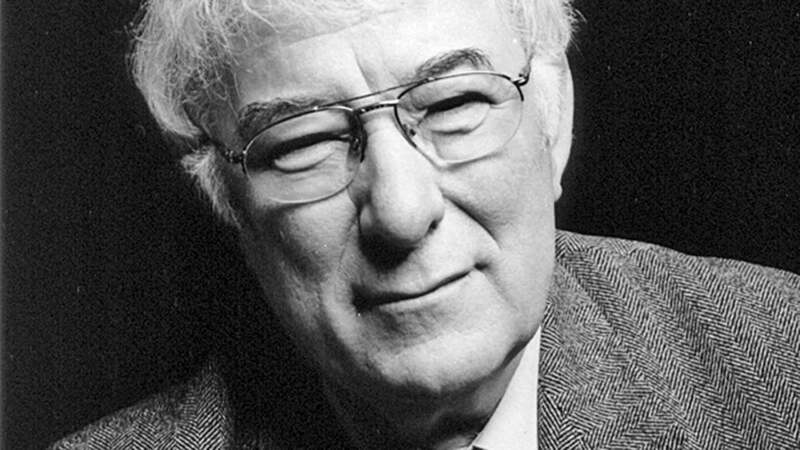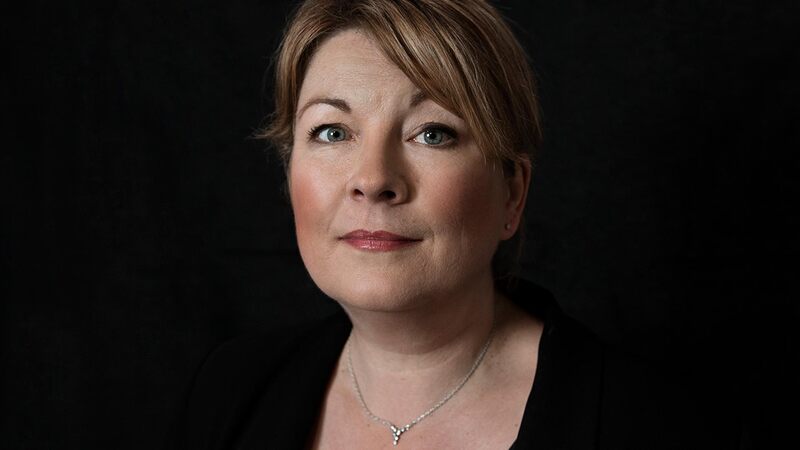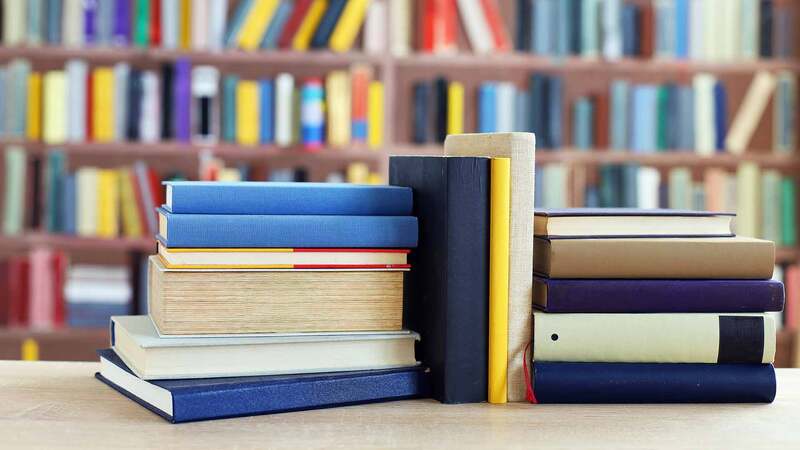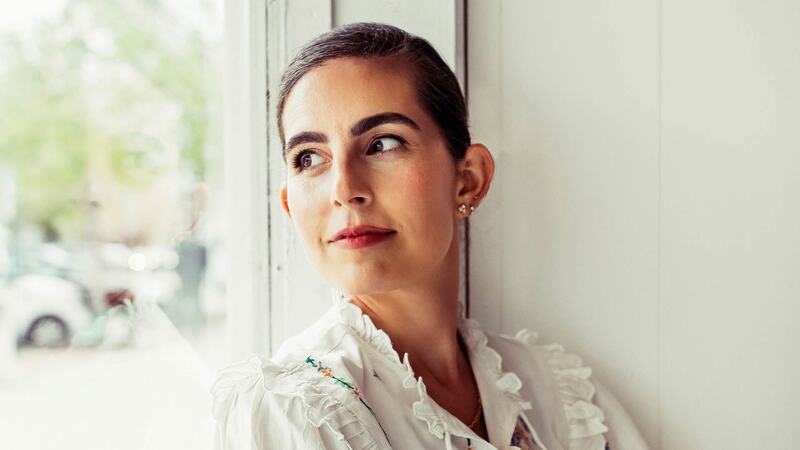You are viewing your 1 free article this month. Login to read more articles.
Popularity contest
What can we learn from the poets the UK public have voted their favourites?
One of the questions the National Poetry Library gets asked most is: "What poet should I read next?" But last year, as part of its 70th birthday celebrations, the library flipped the question and asked the public to discover 70 new poets for themselves. People submitted the names of their newly discovered favourites to the library and the results are something publishers and literary organisers should know about as the most popular poets don’t fall within the straightforward categories that might be expected.
We set off looking for the most popular poets at a time in which reports show that poetry has never been so popular, with the BookScan report for 2023 giving poetry its highest official figures since records began, a decade before. While poets building audiences on Instagram played a huge part in this, what we found at the library was far more textured, raising the question: What do most people look for in a poet? W B Yeats perhaps nailed this as long ago as 1901, when he wrote in his essay "What is ‘Popular Poetry?’" that the key ingredient was "gusty energy". There are poets who write with care, and with rhythms that are "faint and nervous", but the poets who send waves of rhythmic emotion to their readers have more chance of connecting with more people.
In a recent blog post on his "Some Flowers Soon" blog, Jeremy Noel-Tod takes a close look at the popularity of Yeats’ poem "He Wishes for the Cloths of Heaven". This is undoubtedly one of the most popular poems of the 20th Century (in fact written in 1899) but, crucially, Noel-Tod points out that "its form may be unique": there are eight lines, with four rhyming words, and each rhyming word is a repeat of the same words used earlier in the poem. An invention that could be the poetic equivalent of the wheel, why had nobody thought of it before?
I would spread the cloths under your feet:
But I, being poor, have only my dreams;
I have spread my dreams under your feet;
Tread softly because you tread on my dreams.
There are few people who would say Yeats is a simple poet, especially when factoring in his arcane mystical views, but he had a will to reach people and employed ingenious techniques to heighten the enjoyment of readers. "You memorise a poem because it moves you," Noel-Tod says, "not because of how it deploys the anapaest (da da DUM) among iambs (da DUM). And yet all this is part of how it moves you."
Over 1,600 names of poets were returned to the National Poetry Library and up there among the favourites was our own ambassador for the project, Lemn Sissay, whose recent four-line poems are brilliantly loaded thought experiments. Hollie McNish was a popular poet too, and you only have to see her perform once to understand why. Writing with immediate sensory detail about all aspects of life, from family and friendships to the royal family and bike rides, McNish’s poems are visceral and immediate. Despite often being linked together as "performance poets", it’s astonishing just how different—in style, delivery and theme—Sissay and McNish are. The word "mainstream" doesn’t apply to these popular poets—they run their own riverine course.
The range and texture within the list stands as a calling card for publishers and literary organisers not to think of any one kind of poetry when considering where popular success will come from.
On which note, the public submitted the name of Zaffar Kunial time and time again. Kunial’s skill is in breaking apart language as if it’s cookie dough. He gets inside words and letters and even phonemes to reveal the layers of buried power structures inside. One of his most popular poems is called "The Word" and is about a teenage speaker who finds his father’s grammar embarrassing, choosing to hide himself away in his bedroom on a hot summer’s day. T S Eliot Prize-winning poet Roger Robinson was also a favourite, showing that being the recipient of the UK’s major poetry prize doesn’t preclude being a poet that people genuinely love.
Which brings us to the most popularly voted for poet (trumpet fanfare). It seems that what the public wants most is formal innovation and shimmering lyricism with a strong shot of mysticism. Enough to make me think that Alice Oswald—the most popularly voted for poet—is perhaps our W B Yeats. Rhythm is her key mode of transmission, a technique in service to the vibrancy of her connection with the natural world—that is, our world. She is a poet using her own unique vision to connect with people—and this uniqueness is what readers value most.
While no poet who featured high on our list of favourite poets can be seen as a surprise, the range and texture within the list stands as a calling card for publishers and literary organisers not to think of any one kind of poetry when considering where popular success will come from. Rather than thinking of programming "performance poets" on the same bill—because that’s what will bring a crowd—organisers should mix things up, creating particle-infused energy from the clashes between different artistic approaches. As for publishers, it’s time to seek out your discoveries based on your own intuition, and to blow that gusty energy towards the thousands of readers who will know it when they hear it.
